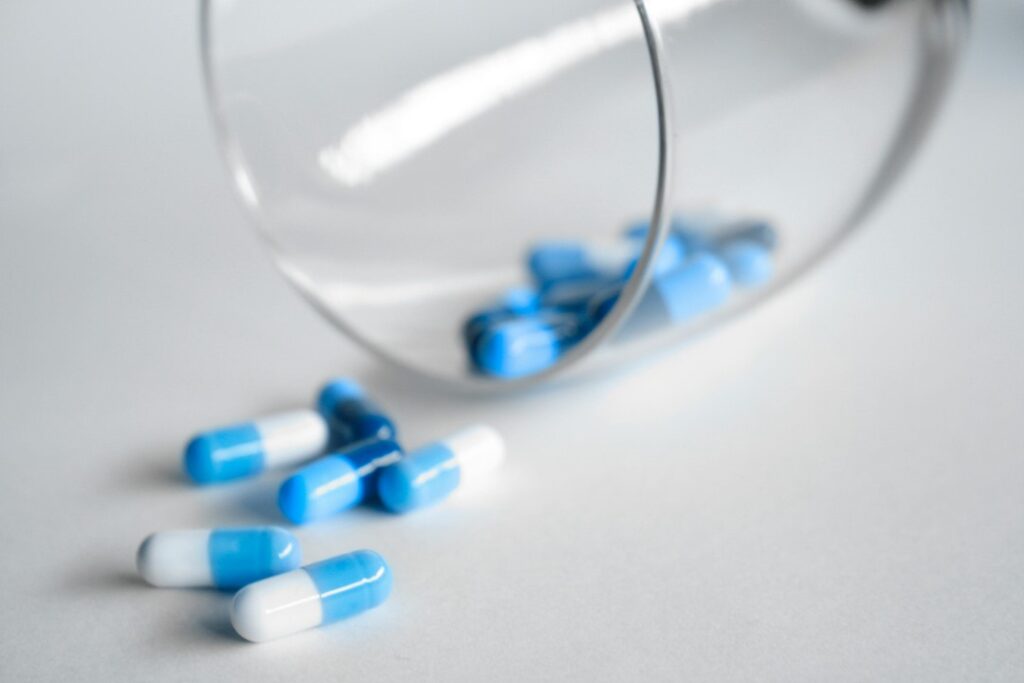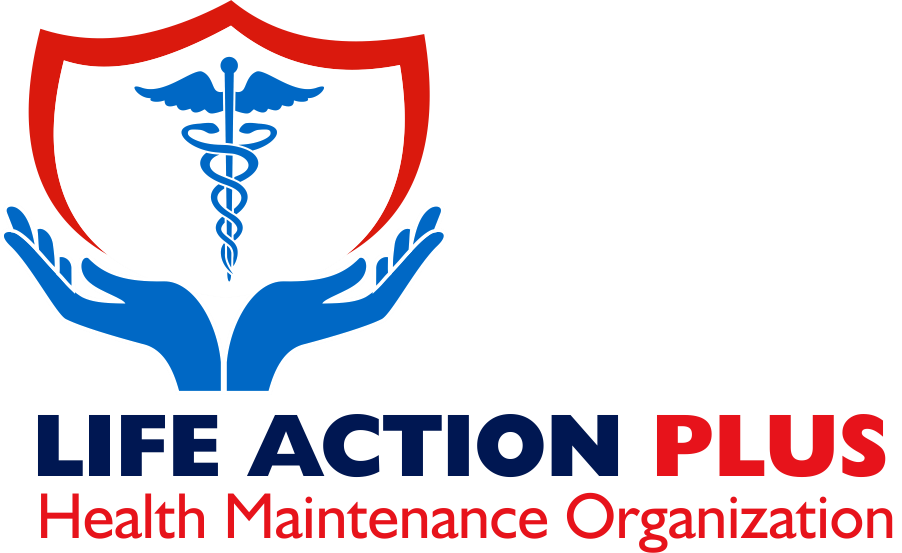Imagine a clever group of tiny troublemakers called bacteria. They’re all around us, too small to see but sometimes capable of causing infections that make people sick. Humans had a special weapon to fight these troublemakers for a long time: antibiotics. Antibiotics are medicines that stop bacteria in their tracks or even eliminate them. But over time, the bacteria have started learning a few tricks of their own, and that’s where the story of antibiotic resistance begins.
When antibiotics were first discovered, they were like superheroes—knocking out infections and saving lives. But bacteria are smart. Some of them figured out how to resist the effects of antibiotics. Imagine a game of hide-and-seek where the bacteria keep finding better hiding spots or even ways to dodge the seeker altogether.
Here’s the catch: it’s not your body becoming resistant to antibiotics—it’s the bacteria themselves. They evolve and change, making it harder for antibiotics to find and stop them. This means infections caused by these resistant bacteria can become much tougher to treat.

Why is This Happening?
Bacteria don’t resist antibiotics just for fun; several things help them learn these tricks:
- Overuse of Antibiotics
Think of antibiotics as the surprise your friend keeps using in a game. If you keep using the same surprise repeatedly, the other player catches on. Taking antibiotics for things like colds (which are caused by viruses, not bacteria) teaches bacteria how to adapt. - Not Finishing Your Medicine
When people don’t take their antibiotics exactly as prescribed, the bacteria left behind get a chance to regroup and become even stronger. - Natural Changes
Sometimes, bacteria change all on their own. It’s like a random mutation that makes them stronger or sneakier. - Sharing Resistance
Some bacteria are so crafty that they can share their tricks with other bacteria, like passing notes in class. This spreads resistance even faster.
Who is Most at Risk?
While anyone can face antibiotic-resistant infections, some people are more vulnerable:
- Newborns, especially premature babies.
- Older adults whose immune systems aren’t as strong.
- People with ongoing illnesses that require long-term antibiotic use.
- Those living in crowded places, like shelters, where infections can spread quickly.
Why It’s a Big Deal
Antibiotic resistance isn’t just a personal problem—it’s a global challenge. If bacteria keep getting smarter, doctors will have fewer tools to help when people get sick. Imagine trying to fix a broken car but losing access to important tools one by one. The fewer tools you have, the harder it becomes to do the job.
This problem affects everyone. The more bacteria learn to resist antibiotics, the harder it becomes to treat infections. This means longer illnesses, more hospital visits, and higher costs for treatment.
What Can We Do?
You have a role in fighting antibiotic resistance! Here’s how:
- Only take antibiotics when needed. If a doctor doesn’t prescribe them, don’t take them.
- Follow the instructions. Always finish your full dose, even if you feel better halfway through.
- Avoid sharing medicine. What works for one person might not be right for someone else.
The Road Ahead
Scientists, doctors, and public health experts are working together to solve this tricky problem. They’re developing new medicines and coming up with smarter ways to use antibiotics. But the fight isn’t theirs alone—it’s something we all need to help with. By using antibiotics responsibly, we can help ensure they remain powerful tools for fighting infections, now and in the future.
The story of antibiotic resistance reminds us of a big truth: even the smallest troublemakers can teach us important lessons about teamwork, responsibility, and staying one step ahead.


